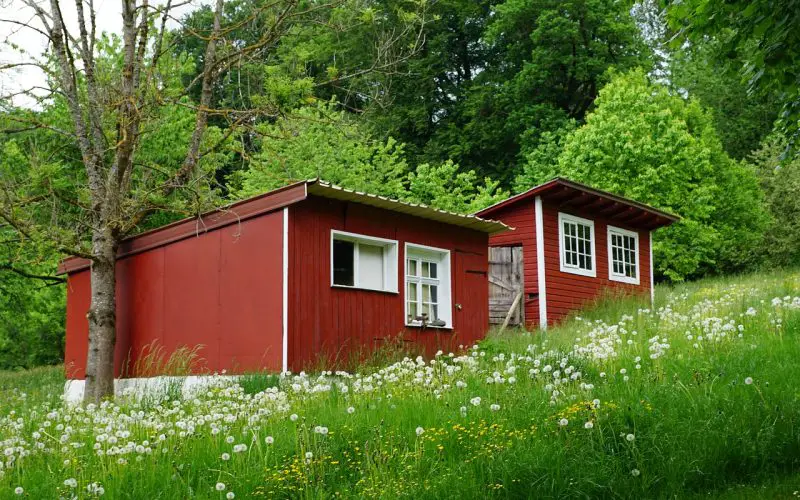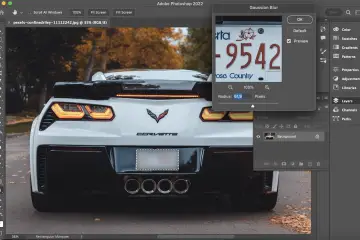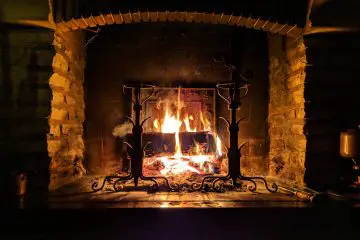Solar energy has many benefits. Not only is it cost-effective, but it’s also a renewable energy source. Making the transition to solar can look overwhelming for some people, though.
You need to consider issues such as installation, maintenance, and storage. There are also different types of solar panels available. This makes it tricky to decide which one to use for your tiny home.
Do not worry; we’ve got you covered. This article will give you a guide to the best tiny home solar panels on the market.
Keep reading to know more.
Types of Solar Panels Suitable for Tiny Houses
There are several types of solar panels available in the market, and some of them are suitable for tiny houses due to their efficiency, size, and installation flexibility. Here are the types that are commonly used for tiny homes:
Monocrystalline Solar Panels
Monocrystalline solar panels are made from a single crystal structure, making them highly efficient and space-efficient. They have a sleek black appearance and are known for their high power output. Monocrystalline panels are a popular choice for tiny houses where space is limited and the focus is on maximizing power generation from a smaller footprint.
Polycrystalline Solar Panels
Polycrystalline solar panels are made from multiple silicon crystals, which results in a slightly lower efficiency compared to monocrystalline panels. However, they are still efficient and more affordable, making them a suitable option for tiny homes with moderate energy needs and a limited budget.
Flexible Solar Panels
Flexible solar panels, also known as thin-film solar panels, are lightweight and bendable, making them ideal for unconventional mounting situations. They are generally less efficient than traditional rigid panels, but their flexibility allows for easy installation on curved surfaces or areas with limited space. Flexible solar panels are suitable for tiny houses with unique designs or those that require a non-standard installation approach.
Factors to Consider When Choosing Your Panels
When selecting solar panels for a tiny house, it’s crucial to consider various factors to ensure the system meets your energy needs and fits well with your unique setup. Here are essential factors to consider:
Energy Requirements
Assess your tiny house’s energy requirements by calculating the total electricity consumption of all appliances and devices you plan to power with solar energy. Consider each of the:
- wattage
- usage hours
- daily energy consumption
This evaluation will help you determine the total wattage capacity needed for your solar panels. Keep in mind that tiny homes generally have limited roof or wall space for solar panels, so optimizing energy efficiency is essential.
Available Space and Installation
Tiny houses typically have limited space for solar panels, so it’s crucial to evaluate the available area for installation. Consider the roof or wall space’s orientation and tilt to ensure maximum exposure to sunlight throughout the day.
Additionally, consider the weight and physical dimensions of the panels, especially if you plan to install them on a mobile tiny house. If you have limited space, you might want to explore flexible or smaller-sized solar panels that can fit your specific layout.
Budget and Efficiency
Evaluate your budget and balance it with the desired efficiency of solar panels. Higher efficiency panels may cost more upfront. But they can generate more electricity from a smaller area. This potentially makes them a better long-term investment.
However, if you have budget constraints, there are more affordable panel options available. You can find ones that can still meet your energy needs adequately. Consider the payback period and potential savings over the solar panel’s lifespan to make an informed decision.
Advisable Solar Battery to Use for a Tiny House
When it comes to selecting a solar battery for a tiny house, there are several options available, each with its unique features and advantages. The right choice depends on your energy needs, budget, and preferences. Here are advisable solar battery options suitable for tiny houses:
Lithium Iron Phosphate (LiFePO4) Batteries
Lithium iron phosphate batteries, often referred to as LiFePO4 batteries, are among the most popular choices for solar systems in tiny houses. They offer several benefits, including:
- high energy density
- longer lifespan
- lightweight
- higher depth of discharge
LiFePO4 batteries are also known for their safety and stability, with a lower risk of thermal runaway or fire. Although they are more expensive upfront, their extended lifespan and superior performance make them a cost-effective choice in the long run.
Lead-Acid Batteries (AGM or Gel)
Lead-acid batteries, specifically Absorbent Glass Mat (AGM) or Gel batteries, are a more budget-friendly option compared to lithium batteries. They have been used in solar applications for a long time and are readily available.
They have a shorter lifespan (usually 3-7 years) and a lower DoD compared to lithium batteries. But they can still be suitable for tiny houses with modest energy needs. Lead-acid batteries require regular maintenance and may be heavier than lithium batteries. Thus, consider the available space and weight restrictions in your tiny home.
Saltwater Batteries (Sodium-Ion Batteries)
Saltwater batteries, also known as sodium-ion batteries, are a newer and more environmentally friendly option. They use saltwater electrolytes instead of toxic materials. This makes them non-toxic and recyclable.
Saltwater batteries have a moderate lifespan (around 5-10 years) and a comparable DoD to lead-acid batteries. They are relatively safe and can be a good option. This is especially for those seeking a greener energy storage solution.
Weight Considerations for Solar Panels
Weight considerations for solar panels are of the utmost importance. If your tiny home is equipped with an RV or trailer solar system, you’ll want to pay special attention to this factor. Solar panels can come in a variety of weights. This depends on the material used to construct them.
Aluminum and copper panels are the most lightweight options, but they are also more expensive. Heavier glass or crystalline panels provide more efficiency for the same amount of weight, but they also require more mounting hardware. Before purchasing your solar panels, weigh the pros and cons and find the best option for your specific needs or consult the top installers!
Know What Tiny Home Solar Panels You’ll Need
Tiny homes are a great way to go green and save money on energy costs. With a carefully chosen solar panel system, you can achieve a highly efficient, reliable source of energy for your tiny home.
Look into the best options of tiny home solar panels available and make sure to ask questions if you need help. Be a part of the eco-sustainable movement and make the switch to solar power today!
Should you wish to explore more helpful articles, visit our main blog page.








